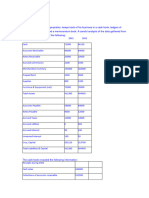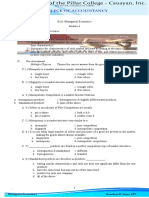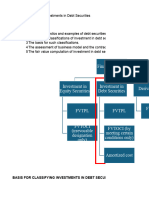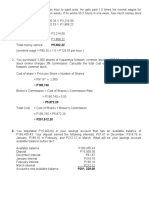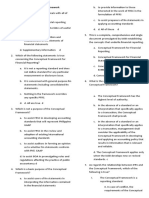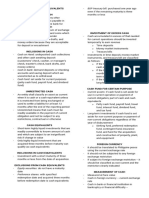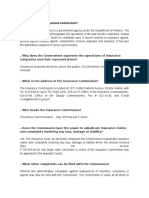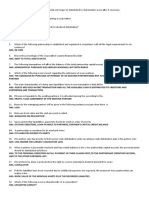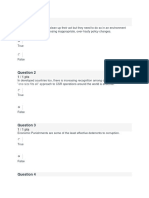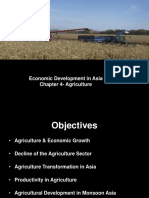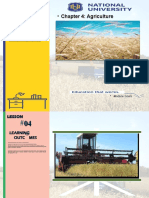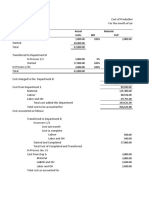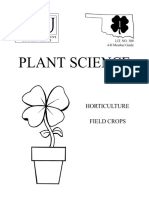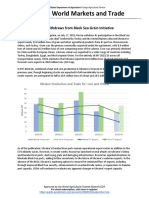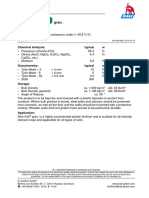0% found this document useful (0 votes)
453 views25 pagesEconomic Development in Asia Chapter 5 - Agriculture
The document discusses the role of agriculture in economic development in Asia. It describes how agriculture contributes to growth initially but its share of GDP declines over time as countries develop. It highlights Asia's successful agricultural transformation through increased productivity, driven by new crop varieties, irrigation, and mechanization. The document concludes with lessons on supporting further agricultural innovation and shifting to higher-value crops.
Uploaded by
JuMakMat MacCopyright
© © All Rights Reserved
We take content rights seriously. If you suspect this is your content, claim it here.
Available Formats
Download as PPT, PDF, TXT or read online on Scribd
0% found this document useful (0 votes)
453 views25 pagesEconomic Development in Asia Chapter 5 - Agriculture
The document discusses the role of agriculture in economic development in Asia. It describes how agriculture contributes to growth initially but its share of GDP declines over time as countries develop. It highlights Asia's successful agricultural transformation through increased productivity, driven by new crop varieties, irrigation, and mechanization. The document concludes with lessons on supporting further agricultural innovation and shifting to higher-value crops.
Uploaded by
JuMakMat MacCopyright
© © All Rights Reserved
We take content rights seriously. If you suspect this is your content, claim it here.
Available Formats
Download as PPT, PDF, TXT or read online on Scribd
/ 25











